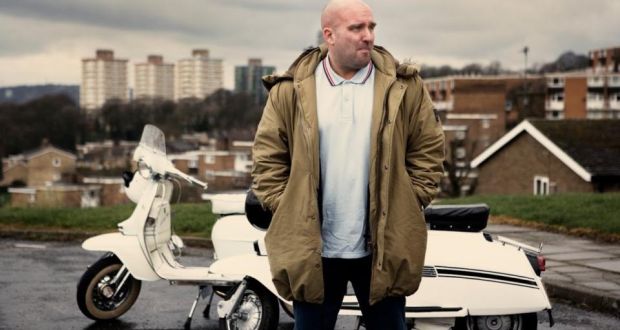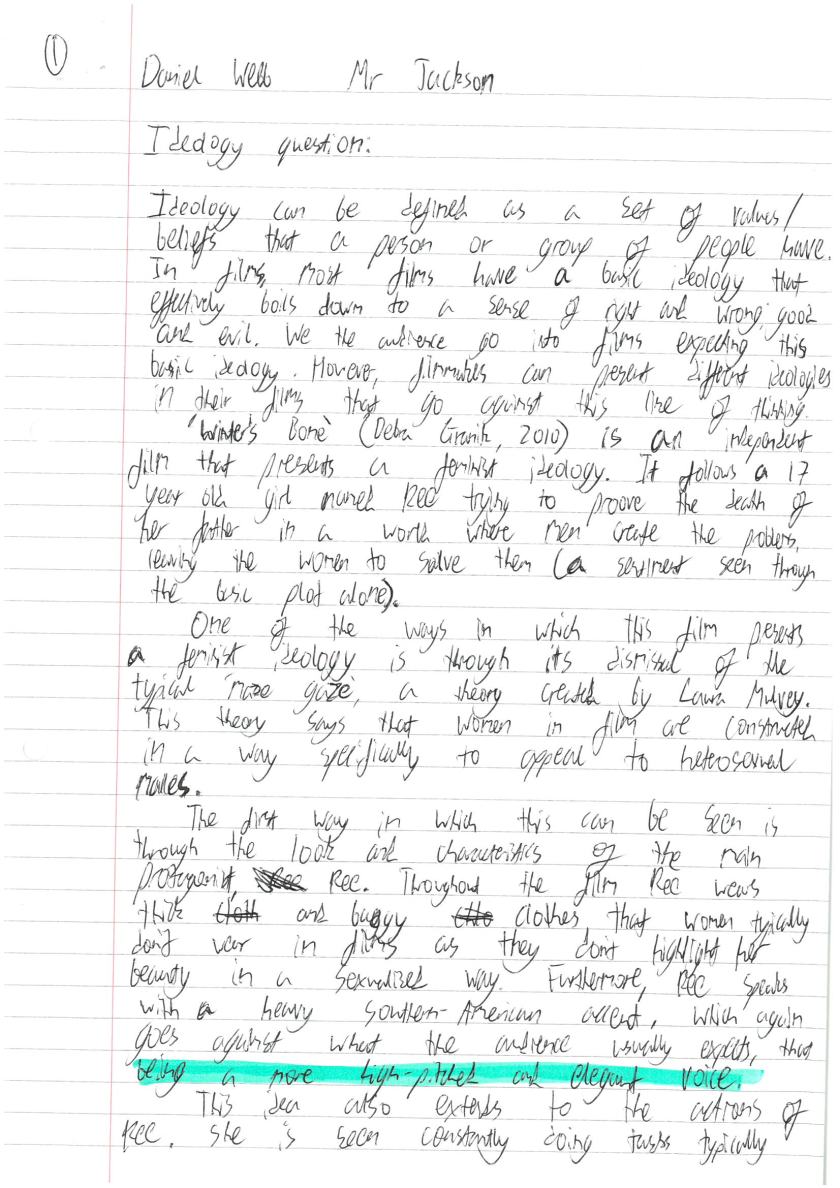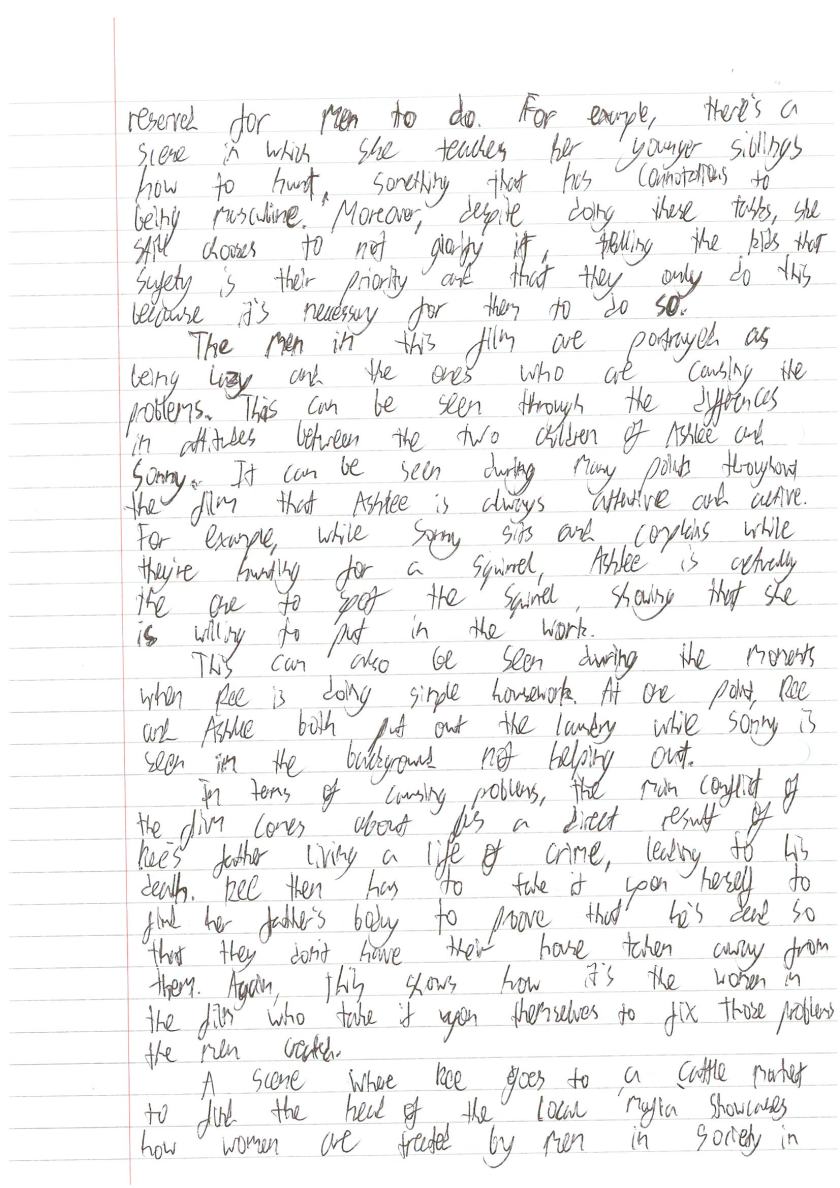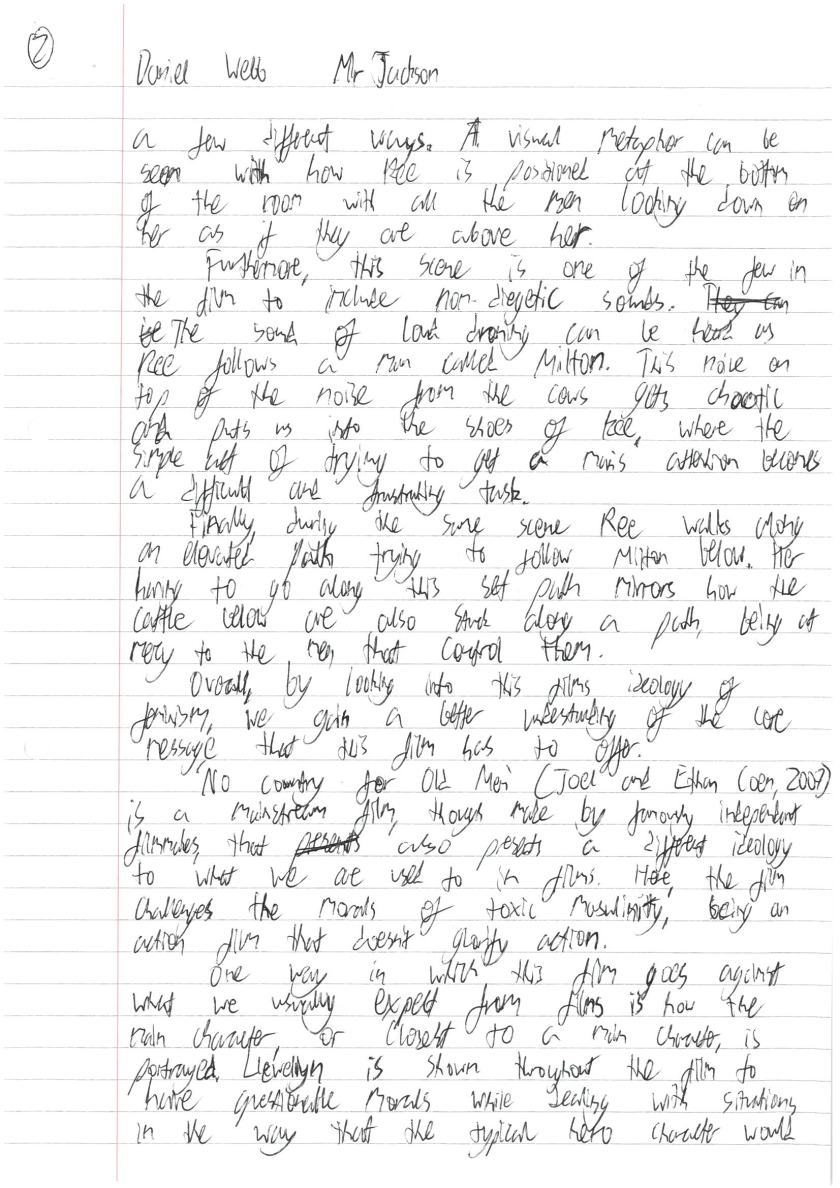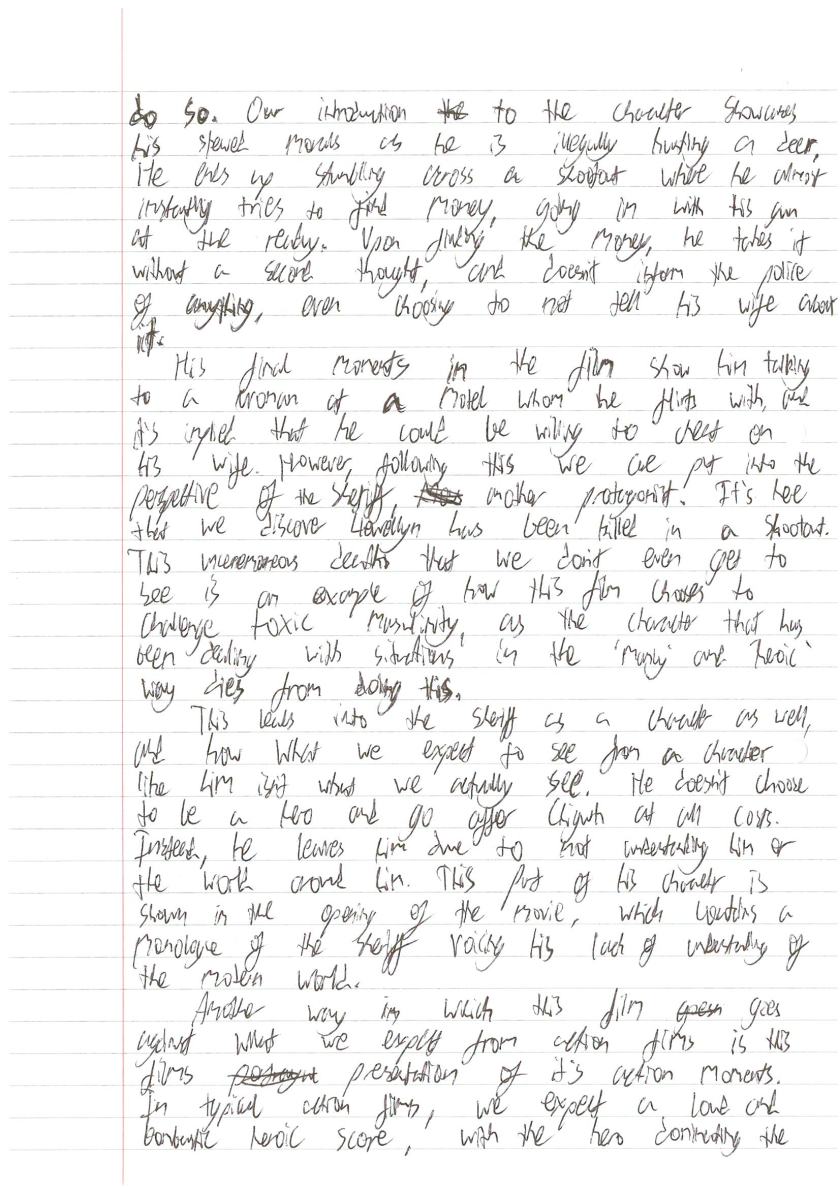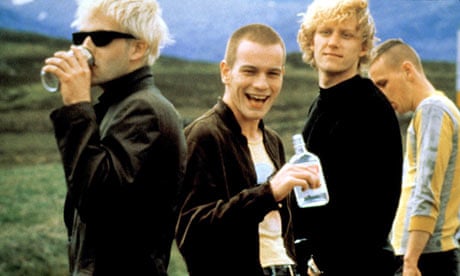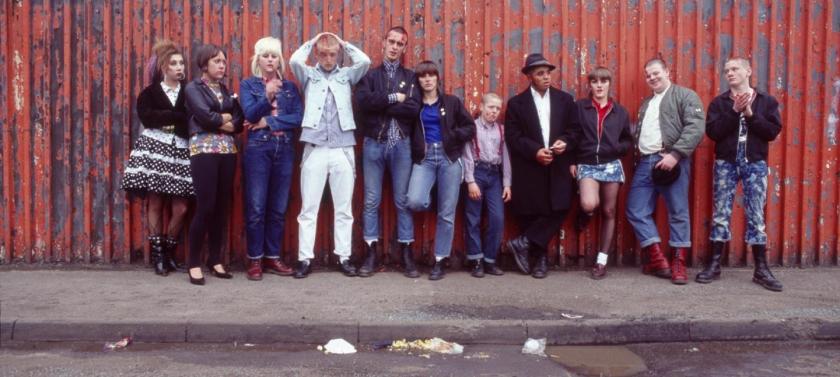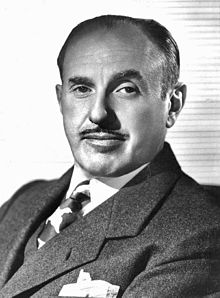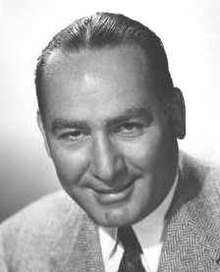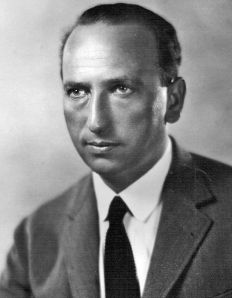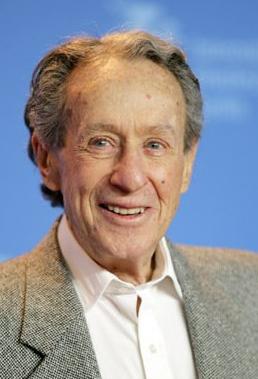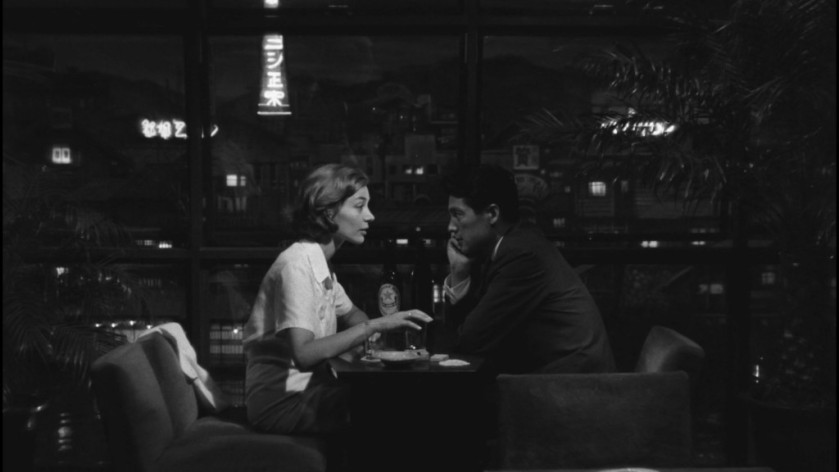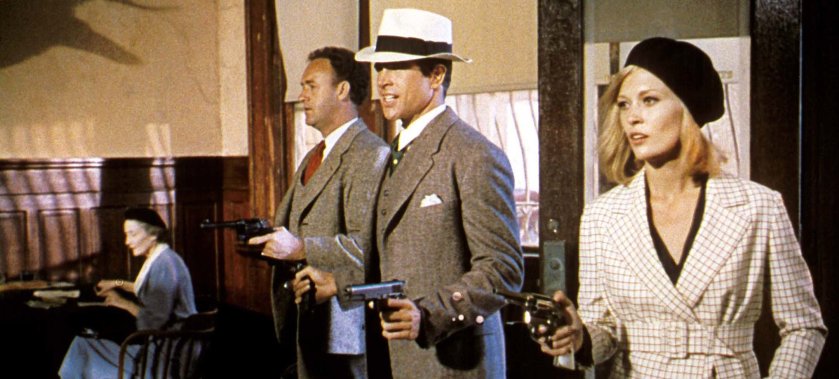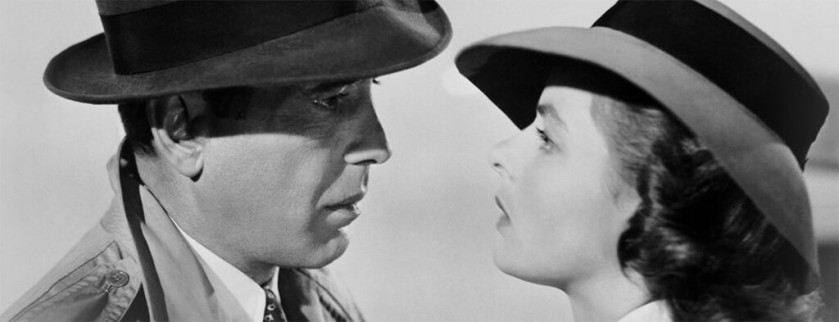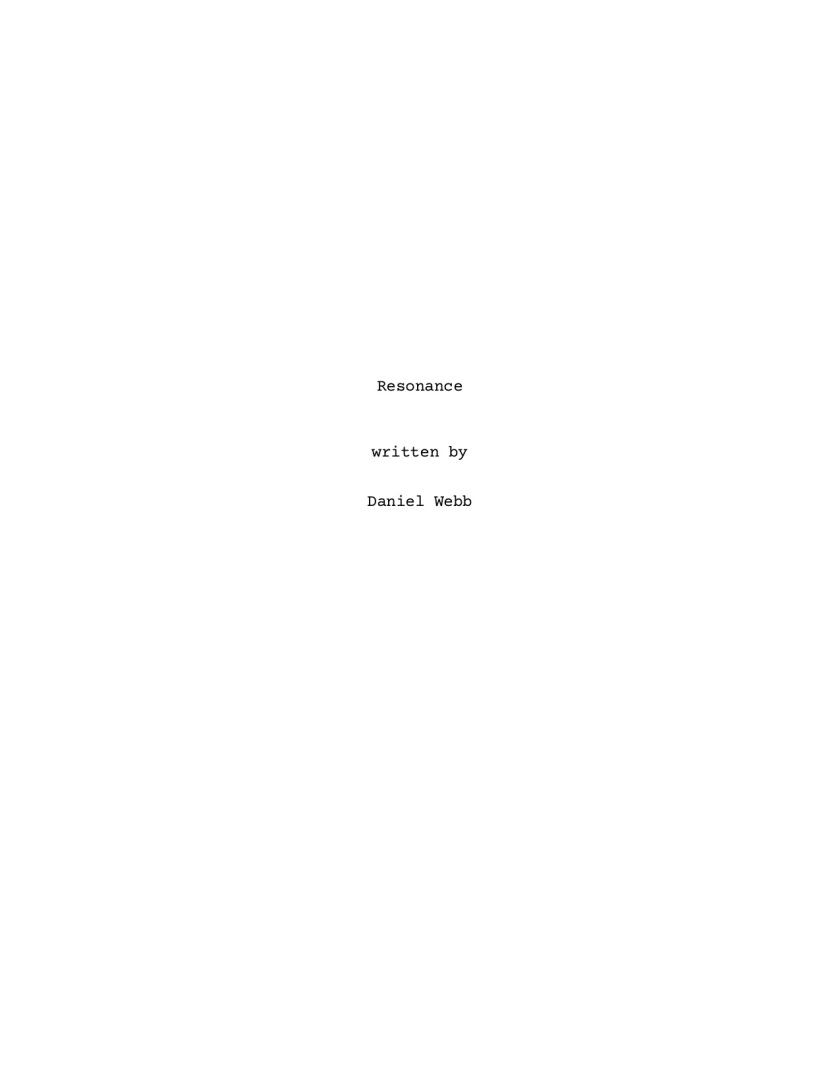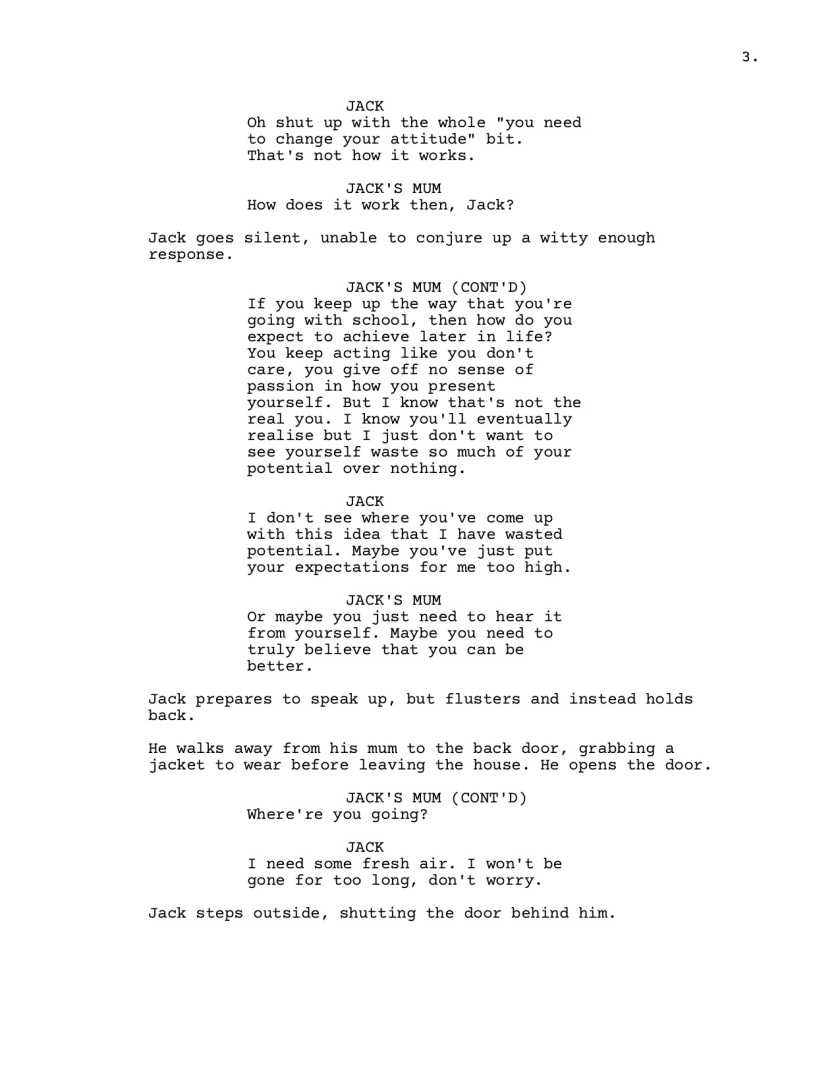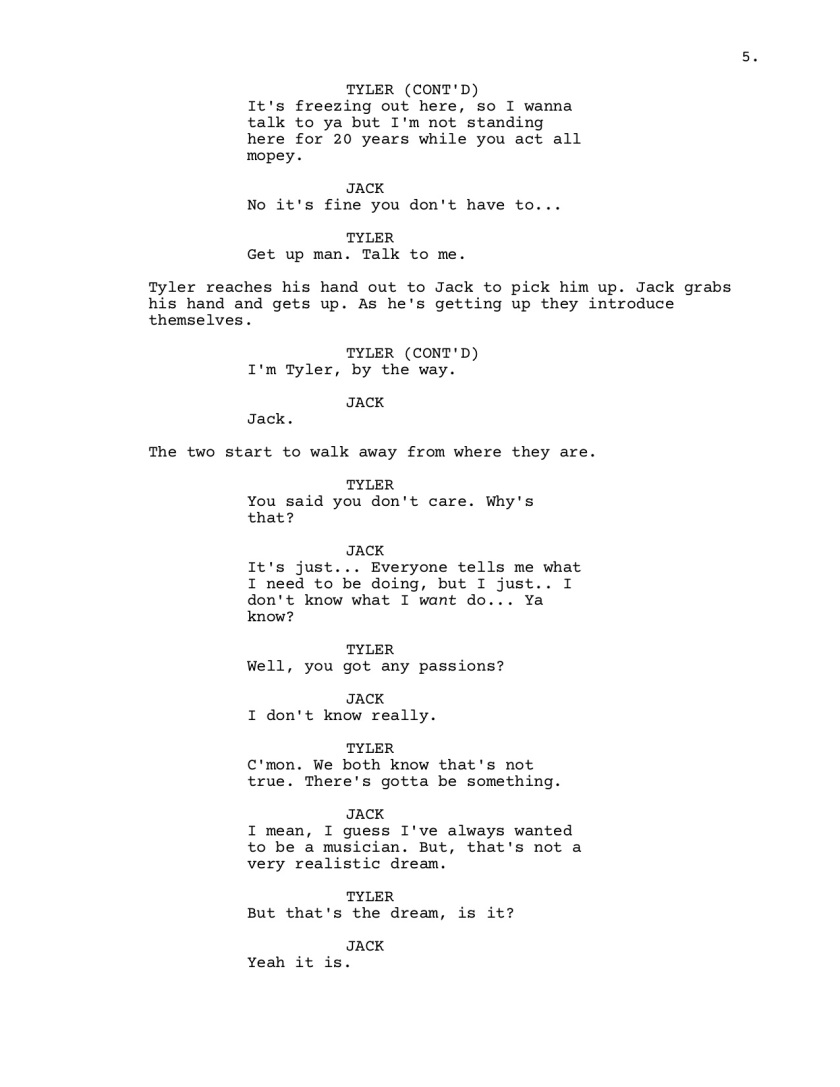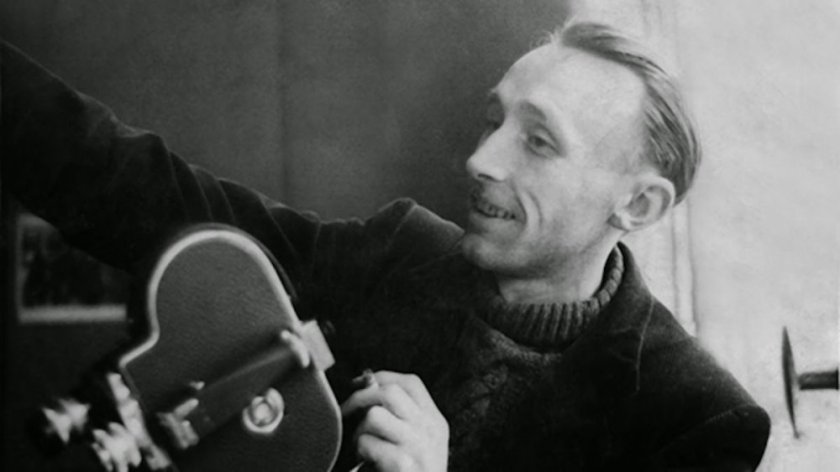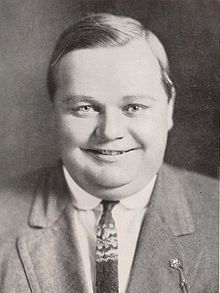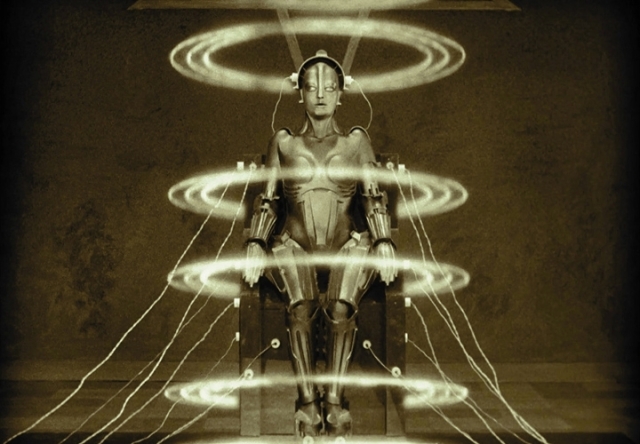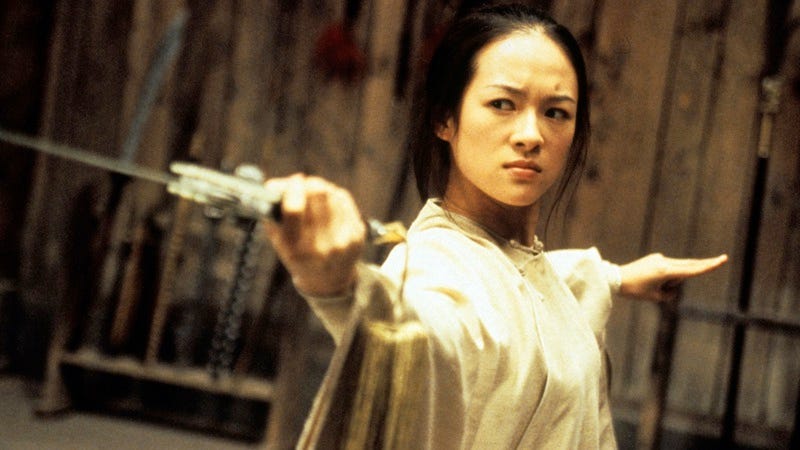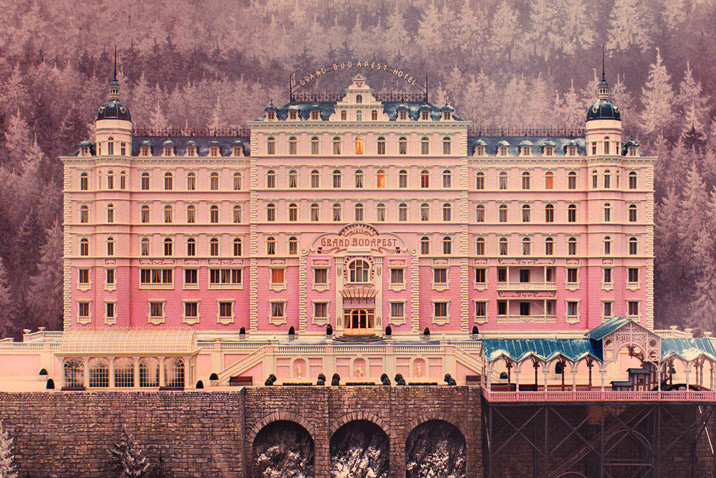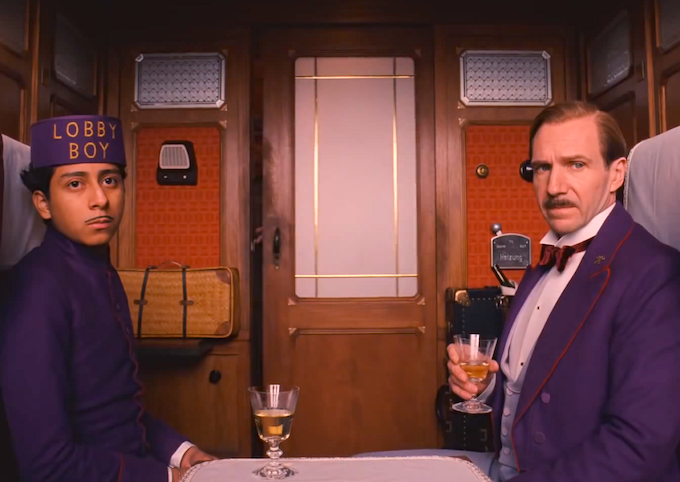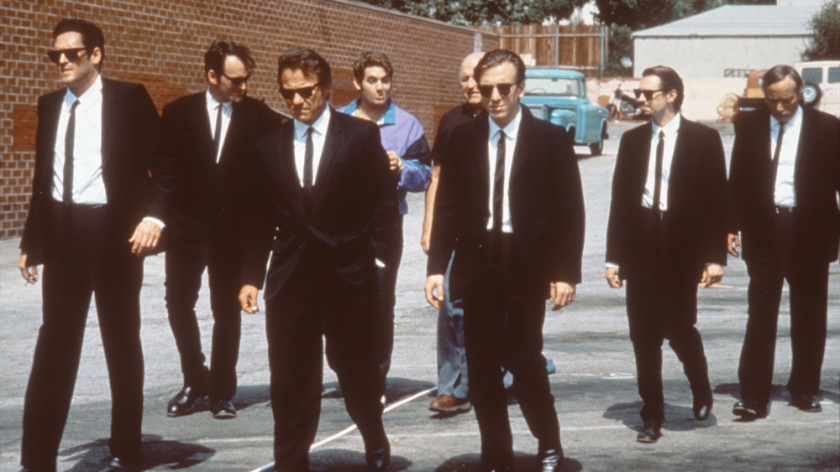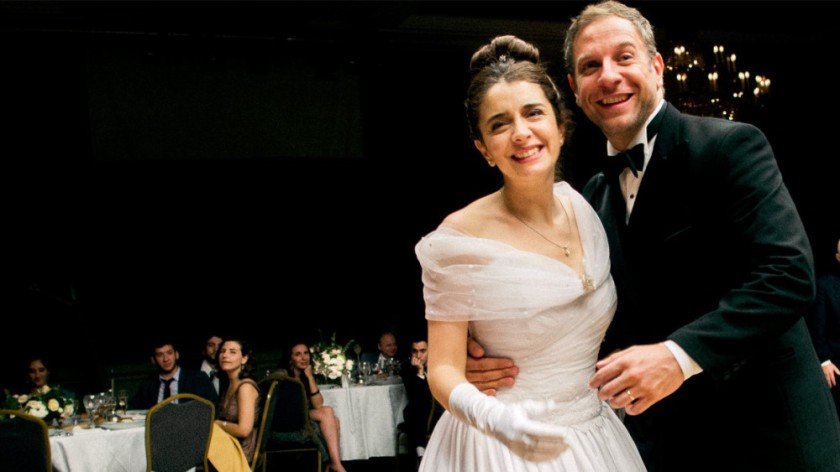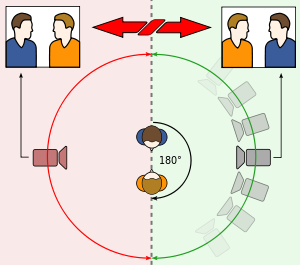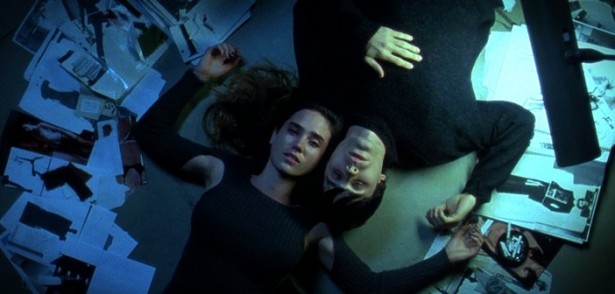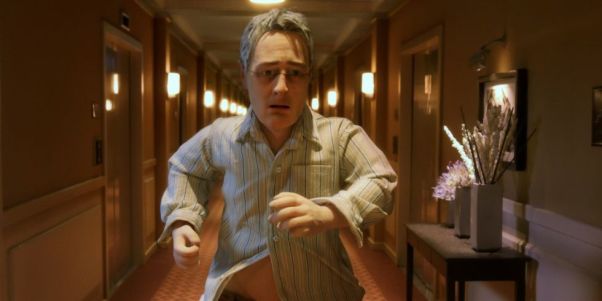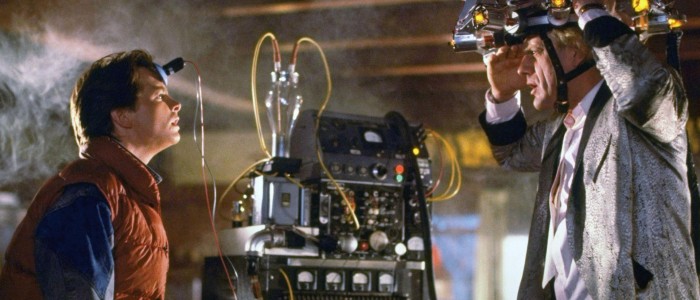Opening Sequence (00:00:00- 00:05:52)
The films starts off with a series of texts before the actual story begins, the purpose of this being to give the audience all of the context that they need to understand the story (context of the Spanish Civil War). This texts font has a gothic look to it, resembling a storybook which foreshadows the films allusions to classic fairytales.
The colour of the underworld kingdom has a blue, metallic tint over it. This could be to showcase how the Princess Moanna interprets her kingdom, being a boring reality which she wants to escape from. It could also be due to her leaving the underworld, as when we return to it at the climax of the film the kingdom is golden to show that the Princess has returned. There is also the evidence of the real world having a golden tone when we are first introduced to it, which could represent how the Princess has gone to that world.
The blue tint over the opening sequence is also the same tint that is over scenes which have the Captain as the main focus. We know that at the end of the film the Captain shoots and kills Ofelia, but we also understand that the film actually begins with its climax. The fact that the scene is blue could be a representation of how what’s happening on screen is indeed the result of the Captain and so we are put into what is meant to be his world.
When we are introduced to Ofelia, she has a storybook to also introduce the theme of fairytales throughout the film. We actually see the book before Ofelia which immediately tells the audience that Ofelia has a passion for books but more specifically fairytales. Furthermore, Ofelia’s focus on the book over her pregnant mother emphasises that she would rather indulge in fantasy stories over facing the real world.
The book itself has the image of a girl surrounded by four fairies. The girl has a pretty strong resemblance to Alice from ‘Alice in Wonderland’ which adds to the theme of fairytales throughout the film. This picture also acts as foreshadowing for later in the story when Ofelia ends up being dressed like this, with fairies and goes into a tree similarly to how Alice goes down the rabbit hole.
First Bedtime Sequence (00:11:14- 00:17:52)
This sequence has a main focus on Captain Vidal and so the scene has that same blue tint as before to put the audience into the Captains world again. The blue colour becomes even more apparent when we switch to being outside as the Captain questions the two farmers who have shot a gun near the area (as they are hunting rabbits). The blue gives off a sense of fear and uncertainty as to what the Captain is going to do as it emphasises that the Captain is the one who’s in control of this situation.
The actual beginning of this sequence starts with Ofelia and her mother in bed. During this part of the sequence, there is also that blue tint as they are in the Captains domain. However, there is the exception of Ofelia as she is the only character to actually have a more golden/ brighter tone over her. What this does is showcase how Ofelia is separate from the Captain and his world as Ofelia is more focused on the fantasy/ magical realm. This plays into the films theme of disobedience as Ofelia strays away from the controlling nature of the Captain and just does her own thing throughout the whole story.
During the part of the sequence with Ofelia and Carmen, Ofelia tells a story to her unborn brother (which adds to the fairytale theme in of itself) that ends up being accompanied by a CGI visual sequence. During this sequence, there is a rose on top of a hill which stands out as it is lit up and bright red. This draws our attention towards the rose and could be a reference to ‘Beauty and the Beast’, further adding to the fairytale theme. Plus, the fact that there are these connections to various different fairytales could be a representation of how Ofelia reads so many of these stories that she is linking them together, blending them into her own world which disconnects her from the real world and the Captain even more.
When the film switches focus to the Captain, the sequence then takes place in his room. The design of the room is interesting as it is modelled after a watch. The image of the watch is important as it is an emotionally powerful object for the Captain throughout the film as he plans to destroy it at the point when he dies, like his father did. The look of the room just adds to the Captain being in his world where this watch of his is so important to him.
The costumes in the scene are used to visually separate the characters into good and bad. The Captain and the soldiers look very formal as they are in a uniform which is very precise and clean. In comparison, the doctor is dressed in more casual clothes. The effect that this has is it shows that the doctor is separated from the Captain and his world which adds to how the doctor is secretly in support of the rebels.
Shaving Sequence (00:24:36- 00:26:13)
During this whole sequence we are getting an inside look at the Captain’s world. The sequence begins on a shot of a record player which is significant due to it being considered a luxury item, especially back when the story is set. This shows us that the Captain leads a life with lots of wealth and luxury which makes us not want to root for him even more as he already has a lot in his life. This is exemplified by the rebels in the film being shown to not have anywhere near as much as him. This point also applies to the Captains cigarettes throughout this sequence as well. We know that he is having multiple as we see that the Captain has nearly finished one and then when it cuts to a different location, it’s a full cigarette again.
The start of the sequence focuses on the Captain shaving. He uses a cut throat razor to show us that the Captain is confident as cut throat razors are very dangerous if not handled with care and precision. This links to the Captains whole personality as being someone who does his job very precisely and professionally. Furthermore, just the organisation of his shaving kit and the slow pace in which he does it tells us this about his character.
The sequence takes place in the Captains room which is modelled to look like the inside of a watch. This links the Captain to the theme of time and how he is calculated and precise (plus, the same point that was made earlier). The room has the blue tint that is associated with the Captain to drive home that we are currently in this world which is cold and rigid.
When we move to a new location, the Captain is polishing his boot. This makes it so that we know that the Captain cares about his appearance and wants to look as clean and professional as possible in order to appear more intimidating and serious.
As soon as Mercedes shows us in the sequence, the colour palette of the scene changes. Before, the blue tint to show us we’re in the Captains world was what dominated the scene. However, Mercedes presence changes that to being a much warmer, almost golden, and brighter colour instead. This signifies to us that Mercedes is a good character who we are rooting for and are supposed to like. This is because the colour has connotations of warmth and so we feel much more comfortable during the scene.
Fig Tree Sequence (00:30:50- 00:38:18)
This scene goes through Ofelia’s first trial which involves going into a dying tree to kill the monster inside of it which is killing it. During this sequence Ofelia is dressed to look like Alice from Alice in Wonderland, which links to the theme of fairytales throughout the film. Furthermore, Ofelia enter the tree by going down a hole in the tree which links to Alice again as it’s like she’s going down the rabbit hole.
The fig tree itself is representative of Ofelia’s pregnant mother. The branches of the tree are shaped like fallopian tubes (uterine imagery). The monster inside of the tree represents Ofelia’s yet-to-be-born brother. The monster is killing the tree by eating its nutrients, and this is how Ofelia is viewing her brother as her mother is becoming progressively more sick as the pregnancy continues.
When Ofelia enters the tree, it has a yellow colour on the interior. This makes it so that we can actually see that that the tree is sick and dying as the colour yellow (especially the muddy looking colour used in this scene) is linked to being unwell.
The inside of the tree also has the same sort of dust particles that we’ve seen a few times before in the film including at the start in the fantasy world, the part with the bug coming out of the stone and in the Labyrinth. By this point in the film, we understand that the presence of these particles signifies that we are in the fantasy world, or at least an extension of that world where it is almost seeping into the actual real world.
When Ofelia leaves the tree, the outside world is enveloped in that blue tint which is linked to the Captain. This shows us that we are now back in the real world where the Captain is in charge, plus it shows us that Ofelia is likely going to be punished when she gets back for leaving and also ruining her brand new dress from her mother. Furthermore, there is a sudden appearance of very heavy rain which represents the struggles of the real world.
Pale Man Sequence (00:55:21- 01:02:19)
In this sequence, there is a table which has a very large amount of food on it. The tables resembles a previous scene which has the Captain having a meal with other men who are on his side. The position on the table where the Pale Man is, is the same as where the Captain was sat during that scene (the head of the table). This mirroring imagery links the two characters together suggesting that the Pale Man represents the Captain in the fantasy world.
The food itself looks very enticing and rich. This links to the theme of poverty as there is all of this food with only goes to the rich and the poor only get simple and cheap foods. This point also links to the Pale Man representing the Captain as the Pale Man has all of this food to himself, much like how the Captain has a lot of things to himself too. The food also links to the theme of fairytales as the idea of temptation is often a theme in those types of stories (e.g. Snow White).
The food on the table is mostly red which links to the imagery of blood. This could show that everything that surrounds the Pale Man is violent. This would also link to the Pale Man being a parallel image of the Captain as everything which surrounds the Captain also tends to be violent. On the other hand, the colour could relate to the apple in the story of Adam and Eve or Snow White, both of which are about temptation.
This sequence has a lot of religious imagery as well, which links to the Captain and the fascists as they are religious . The room itself has a gothic look to it which resembles the interior of a church. There are paintings on the ceiling which have an older style and are reminiscent of paintings of Jesus being taken to the cross. Plus, Ofelia gives into the temptation and eats a grape, linking to the story of Adam and Eve again.
The Pale Man has holes in both of his hands which are revealed to be eye sockets for him. The image of having holes in both of the hands heavily relates to Jesus being put onto the cross. Furthermore, once his eyes are actually in his hands, there is also the imagery and idea of an all-knowing and powerful being.
 ‘Saturday Night and Sunday Morning’ (Karel Reisz, 1960)
‘Saturday Night and Sunday Morning’ (Karel Reisz, 1960)

